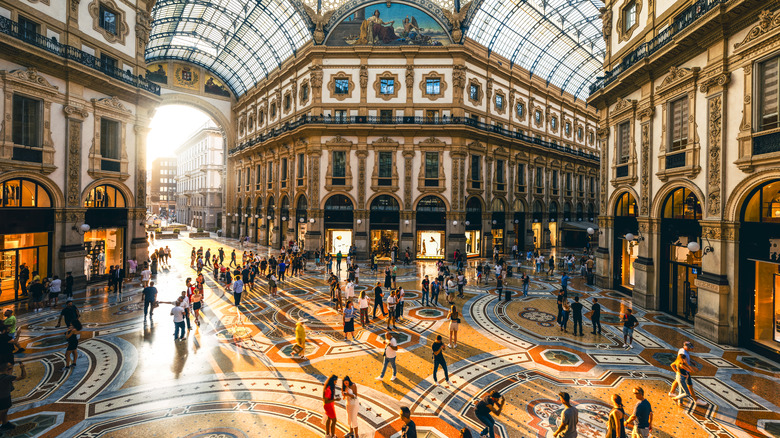Travelers venturing across the Atlantic to explore Europe have much to anticipate. The entire intercontinental journey offers a distinct experience compared to typical domestic travel, becoming more evident once you arrive on the other side. Generally, major transit from the United States leads to a destination in one of the continent’s significant cities, which are often national capitals. Cities like Rome, Athens, Berlin, and London serve as major air hubs and offer truly remarkable visits.
Nonetheless, there’s more to discover in a nation beyond its most renowned city. This notion holds especially true according to Rick Steves’ travel planning advice. Although the travel writer and seasoned European explorer has consistently admired major hubs like Paris and Dublin, Steves actually recommends a different approach for most travelers, and for several good reasons. While larger European cities boast a certain allure and popularity, it may be worthwhile to explore a country’s second city instead.
Prices in ‘second cities’ are frequently much more advantageous

From hotel stays to evening dining, nearly everything you’ll encounter in a city that’s not the primary tourist attraction will be more affordable. Cities like London, Rome, and Amsterdam have a distinct tourism-focused identity. While these cities provide wonderful vacation spots for travelers, the influx of international visitors spending money in restaurants, bars, hotels, and entertainment venues ultimately drives prices up. Also, if you’re seeking a cost-effective trip, it’s advisable to avoid Scandinavia, as it’s generally the most expensive region on the continent.
With a significant portion of the local economy fueled by tourism, major cities lack room for competitive or favorable pricing. Hotel rooms are quickly booked by visitors from afar, ensuring that demand drives prices higher. The same applies to souvenirs, which are abundant in capital cities but carry a typical capital price tag. Instead, for those willing to venture further, Rick Steves recommends destinations like Antwerp in Belgium, Glasgow in Scotland, and Porto in Portugal (as well as Belfast, Marseille, Lyon, and Hamburg). In England, Steves suggests Manchester, Bristol, Birmingham, and Liverpool as excellent choices to explore the local scene without incurring London’s costs on everything from a pint of stout to a Tube ride across the city.
These alternatives shine with their own authenticity

Not only will a trip that includes stops in smaller tourist destinations be more budget-friendly, but there are additional benefits as well. Rick Steves highlights an interesting phenomenon that occurs in second cities. In cities like Madrid, Budapest, or Copenhagen, you’ll likely encounter numerous American tourists. However, by incorporating alternative communities into your itinerary, you’ll meet more domestic travelers and locals, rather than international visitors. Combine this with a stay in a B&B instead of a hotel, and you’ll experience substantial savings and profound cultural immersion. This can be a refreshing change of pace.
According to Steves, the composition of tourist demographics allows these second cities to be more authentically themselves. In a tourist hub catering to foreign visitors, an element of performance often emerges. This factor vanishes in cities that might either avoid tourism altogether or support a thriving domestic travel industry, but don’t attract many foreigners. Instead of emphasizing a perceived ‘English-ness’ or ‘French-ness’ in the city’s character, these places have the freedom to simply be what they are. For travelers seeking an authentic adventure, this means discovering a unique destination with ample charm and character, combined with a budget-friendly experience.






